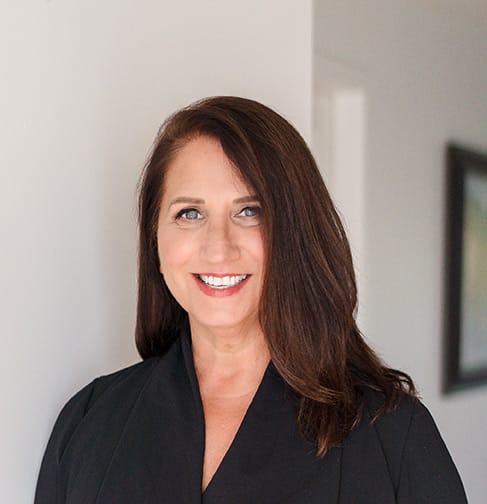Jacquie’s thoughts on mortgage rates

Segment title: Long-time client, first-time reader/listener
Right now, things feel a little confusing. There’s a lot going on because mortgage rates in Canada aren’t driven solely by the Canadian economy. Fixed rates, for instance, are influenced by the Government of Canada 5-year bond yield, and that yield often reacts to movements in the U.S. 10-year bond market, among other global indicators.
So while clients hear on the news that “rates are going down,” they’re often referring to Bank of Canada policy rates. At the same time, fixed mortgage rates may be going up, and both statements can be true—because they apply to two different types of lending markets.
Here’s the key distinction:
- Fixed mortgage rates are influenced by the Canadian 5-year bond yield, which responds to market sentiment, inflation expectations, and global economic activity—including movements in U.S. bond yields.
- Adjustable and variable rates, on the other hand, are tied to the Bank of Canada’s overnight lending rate. The Bank sets that rate, and lenders apply a markup (currently around 2.15%) to create the prime rate.
Today, prime sits at 4.95%, so if your mortgage is prime minus 70, your rate is 4.25%. If the Bank of Canada lowers rates (and they’re expected to), prime may fall to 4.70%, making your rate 4.00%.
So what do I recommend?
If you’re renewing and eligible for a decent adjustable rate, I love a good adjustable rate mortgage. It gives you flexibility in a rate-decreasing environment. Fixed rates are less appealing right now given their recent rise, unless you’re risk-averse or planning to lock in short-term stability.
Email me for a PDF strategy of how one client used an adjustable rate to pay off their mortgage faster. If you’re curious, I’ll walk you through the strategy myself—or stay tuned for next month’s newsletter where I’ll break it down in more detail.
